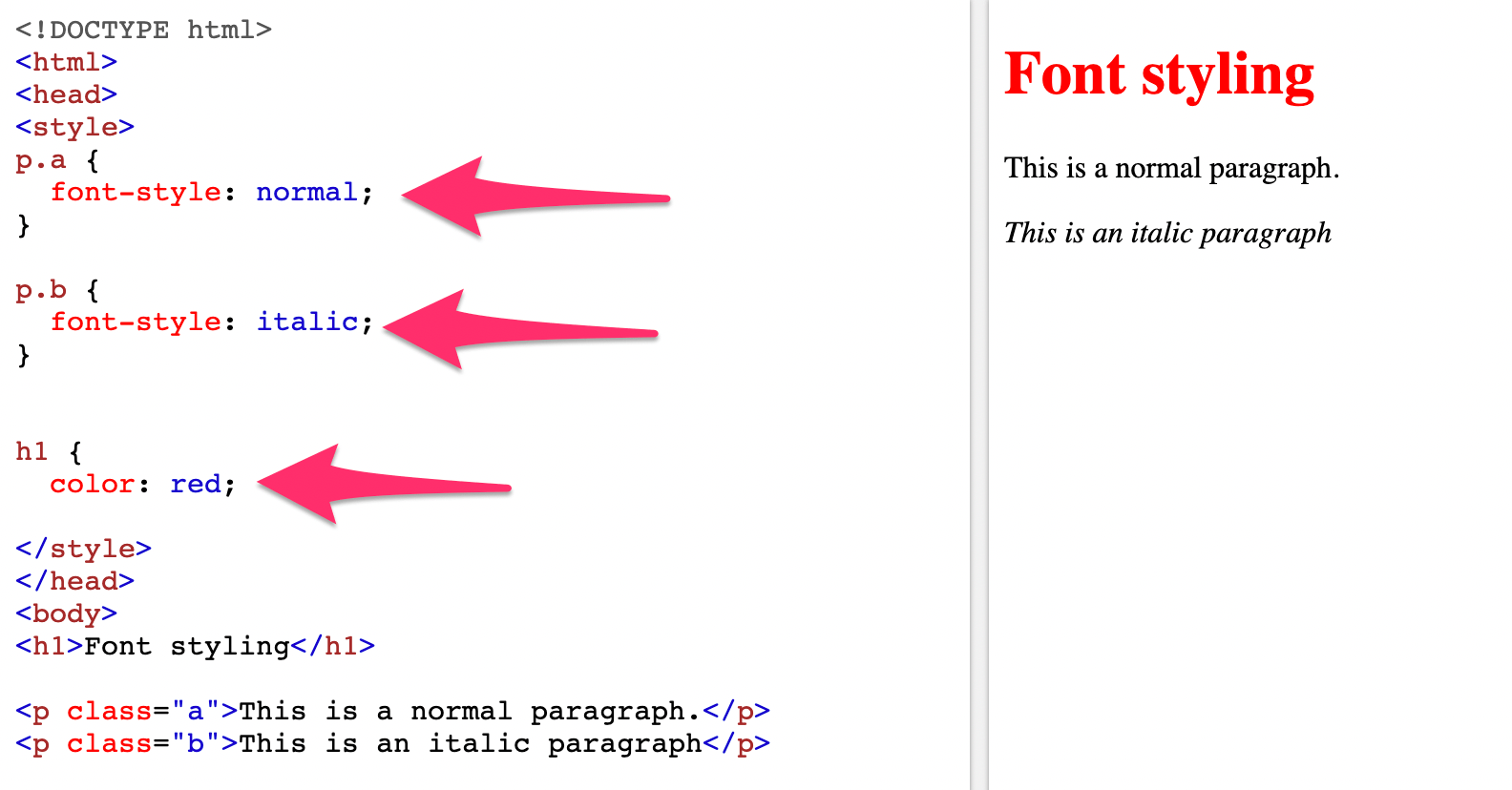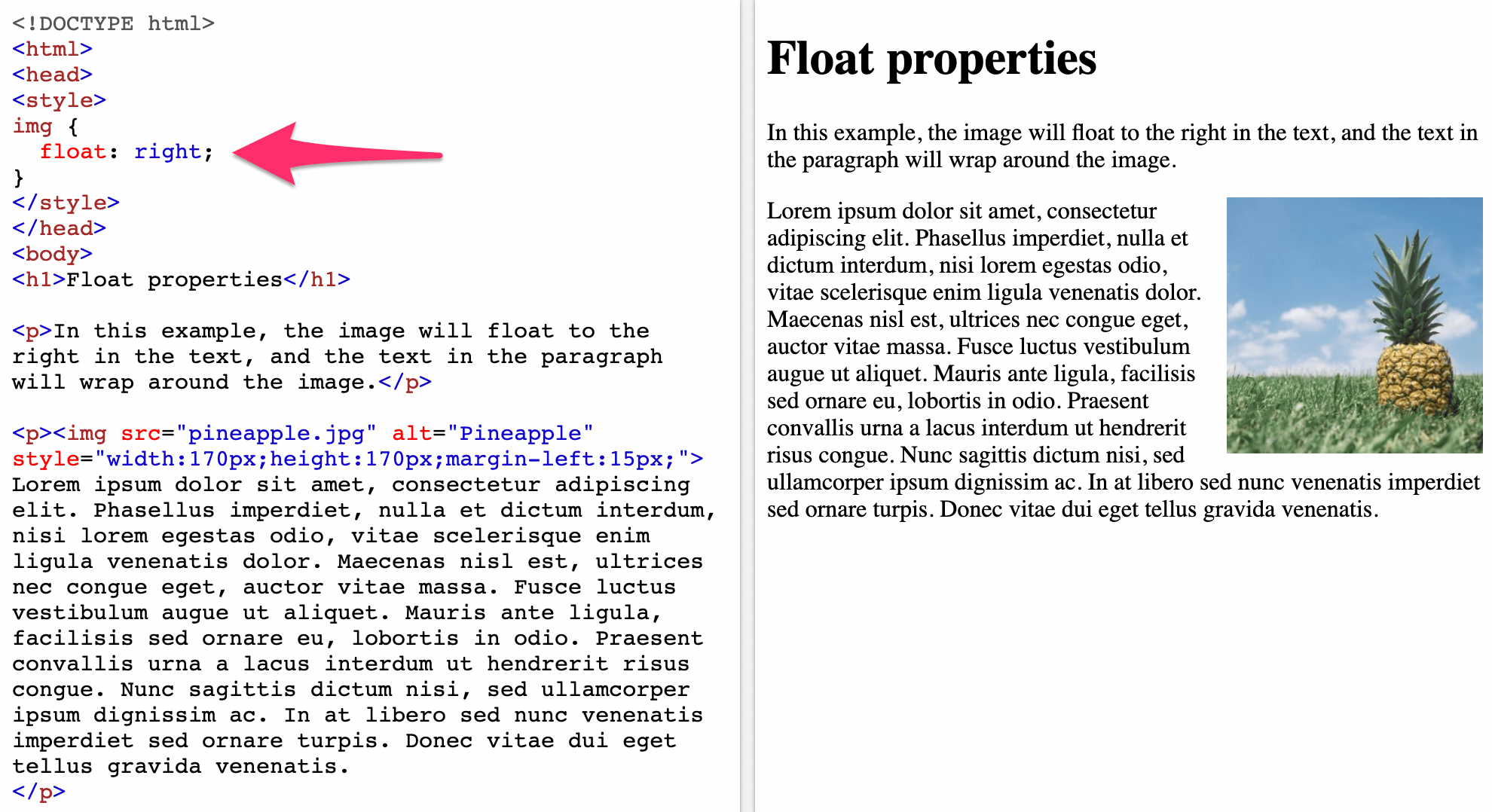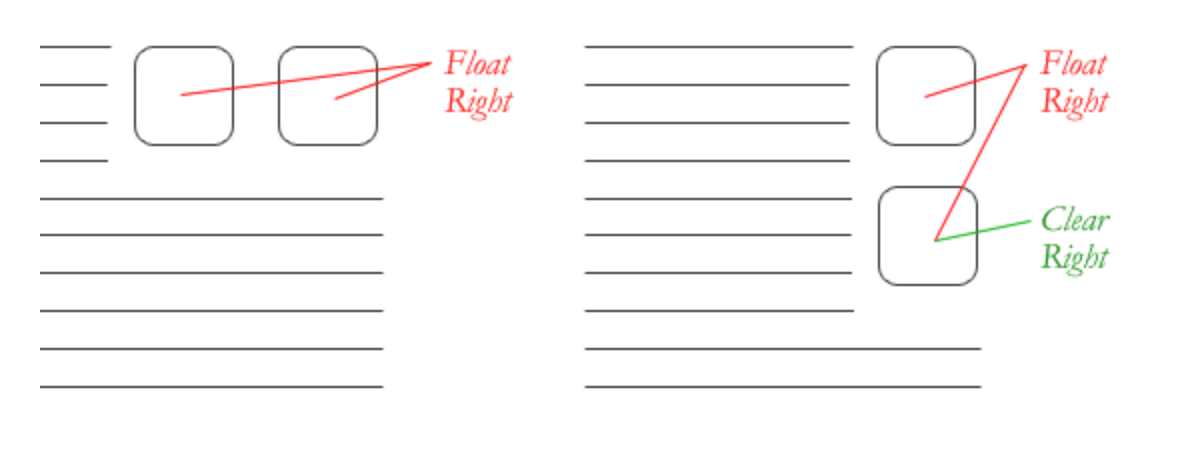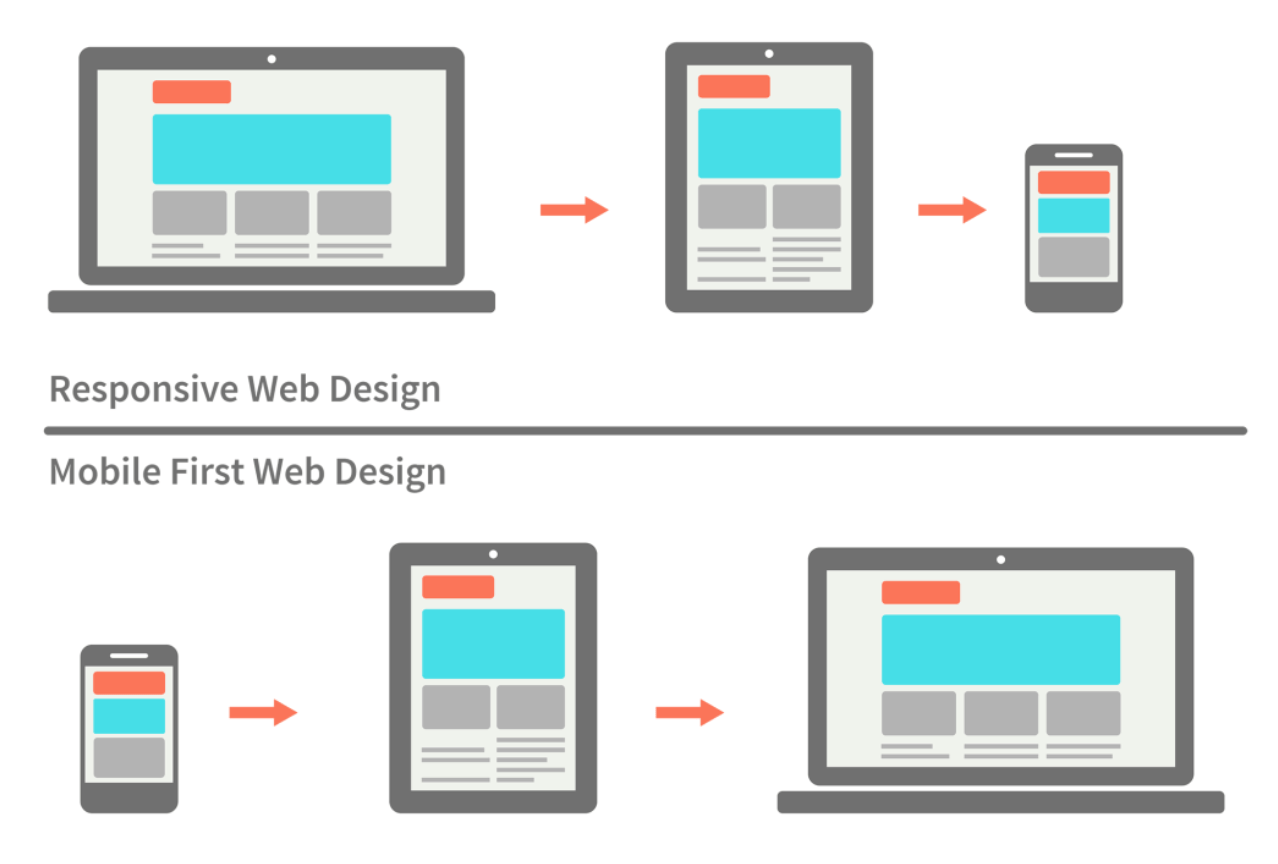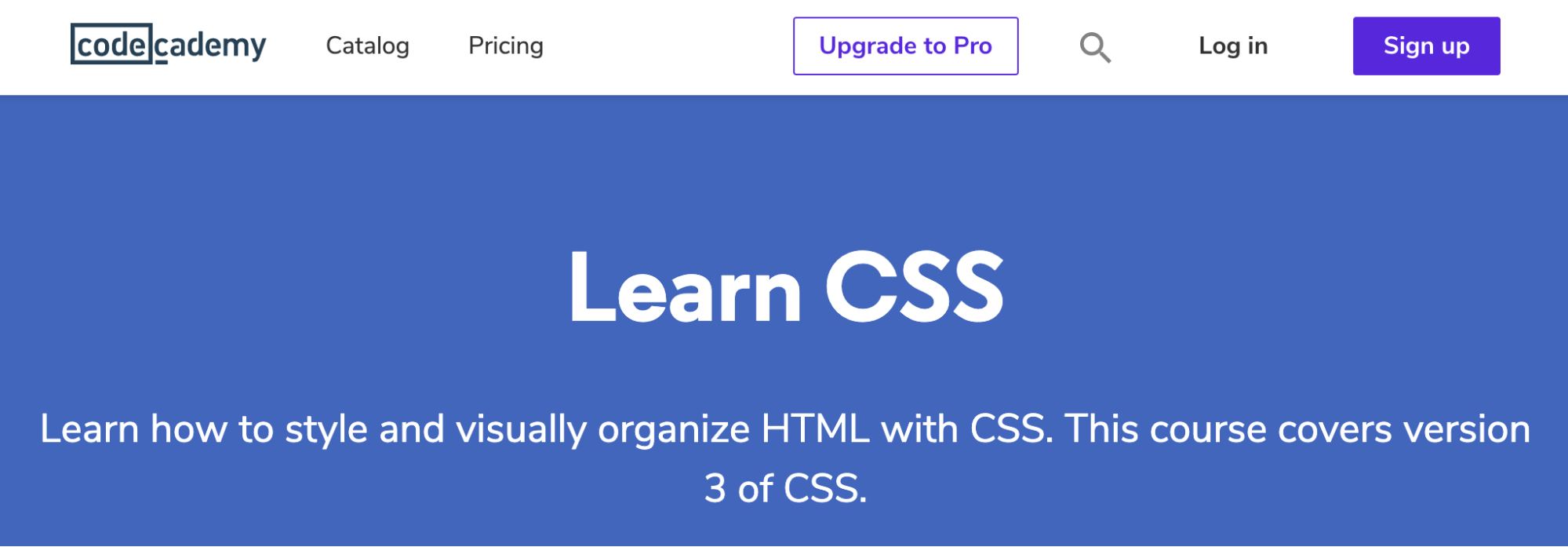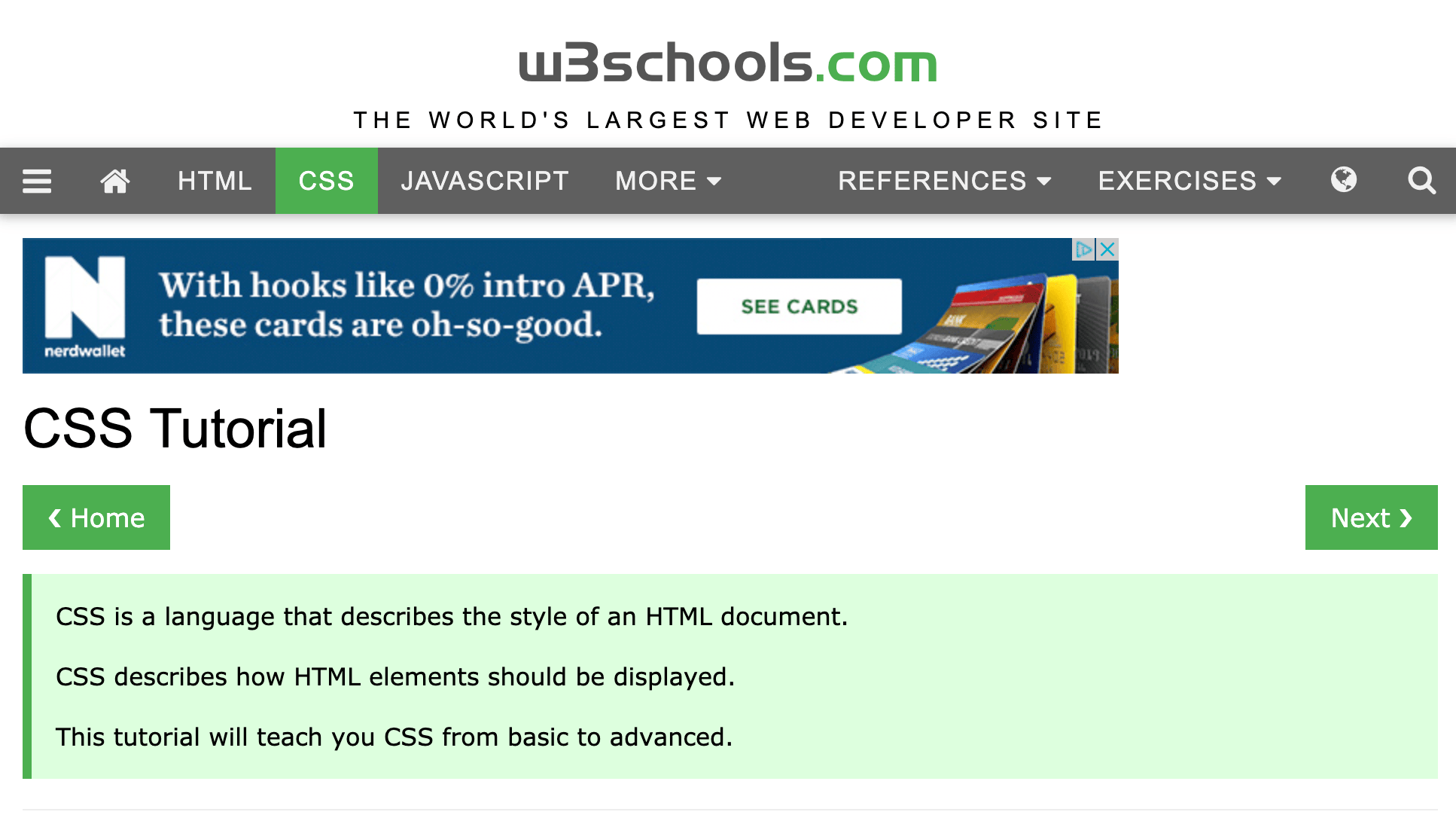What’s inside? Here are the questions answered in today’s reader mailbag, boiled down to summaries of five or fewer words. Click on the number to jump straight down to the question.
1. 401(k) checkup?
2. Prioritizing early retirement
3. Is coffee grinder worth it?
4. The point of frugality
5. Frugal foot odor options
6. Buying weights or gym membership?
7. Replacing local news on streaming?
8. Community festivals aren’t cheap!
9. Frugal steps for knee pain
10. Breaking out of overdraft cycle
11. Simple? Obvious?
12. Good journal/planner for goals?
My current morning routine on a good day looks something like this.
I get up at about 5 AM, go downstairs, drink some water, and stretch a bit. I brush my teeth, then spend about 15 minutes meditating, then about 30 minutes writing in my journal. I grab something small for breakfast – lately, it’s been some rolled oats I left soaking overnight in the fridge in some milk with a bit of fruit in there – along with some cold brew coffee and eat the breakfast as I check emails, and then start my day with the coffee, followed by a cup of hot tea when it’s finished.
It feels like that morning routine, when I stick to it for a few days in a row, is like rocket fuel for my day. Everything else just follows perfectly.
During the school year, I’m likely to stick the morning routine with my kids in between the journal writing and my own breakfast, or I might eat the breakfast with them.
On with the questions.
Q1: 401(k) checkup?
What do you recommend in terms of having someone look at my 401(k) and see whether or not I’m making good investment choices? Don’t want to just send information to random people online and ask.
– Jeff
Your best option would be a fee-based financial advisor. Do not go to a commission-based advisor for this type of advice because they will only really make an income if you sign up for their investments, which isn’t what you want.
A fee-based advisor will look at your 401(k) and also talk to you about your goals for the future and make sure that you’re making good choices. There will be a fee involved, of course.
My earlier article on finding a financial advisor will give you what you need to find one.
Q2: Prioritizing early retirement
I first started following The Simple Dollar in 2009, after I was in a car accident and found myself sinking in debt. Fast-forward 10 years and I’ve been trying to follow many of the strategies/mindsets you’ve written about. I’m married now, have a joyful 2.5 year old child, and we are expecting our second child in December. Professionally, I earned a doctorate and actively worked to pay off all debt. This month, we have completely paid off our mortgage. Your post about retirement this week struck a huge chord. I’m currently planning to save towards future big expenses that are important to my wife and I( future used cars for when our current ones die, a future home anticipating a potential future move, college 529’s for our children) and the rest going to a Vanguard Target retirement fund.
My main question: are we right to split our savings this way(cash for anticipated future expenses AND financial independence $) or should I prioritize all of our savings into Vanguard to reach our crossover point faster? Our net worth just crossed half a million, and I anticipate needing a Target Fund balance of $2 million to have the trinity principle working for us. I currently save/invest 83% of my $4300 bi-weekly paycheck. 45% is going to savings and 38% is going to investing for financial independence. Our plan is to save up for our anticipated future family expenses and then shift all of our savings to the Vanguard 2050 Target Retirement Fund. How do you think my wife and I should think about this? Is this sensible or are we missing an opportunity to get to financial independence faster by not going all-in on the Target Retirement Fund?
– Jameson
I think your plan is fine.
Given that you do have known goals that are coming up in a relatively short timeframe, saving for those in a relatively “safe” way (meaning you’re not exposing the money to market risks) is a good choice. I think you’re doing the right thing by saving differently for those goals.
Honestly, the most important number is the savings rate. Selecting the “perfect” investment requires you to know what’s going to happen in the future, and no one can predict the future. Not only is it highly impacted by your own personal future, it’s also impacted by larger market and social forces that determine how various investments go.
Q3: Is coffee grinder worth it?
My partner and I drink multiple cups of coffee every morning and take a full travel mug with us on weekdays. We have always bought ground coffee to use in our drip coffee machine but we have been thinking about buying an electric coffee grinder. Is it worth it?
– Amy
I have tried freshly ground coffee and then coffee ground from the same roaster that was a few weeks old side by side before and the difference was detectable but not an enormous difference maker to my taste buds. I think there’s a much bigger difference in terms of the type of bean you buy and how it was roasted rather than how recently the bean was ground, but there is a small difference.
However, most of the time, whole bean coffee actually costs more per ounce than ground coffee. It’s more expensive to ship per ounce, for starters, and there’s also the issue that whole beans tend to be better quality beans than ground coffee because it’s much easier to hide subpar beans in ground coffee. It’s obvious if there are bad beans in whole bean coffee – you can see that a bean is problematic – but if it’s all ground together, you can’t see it. This allows roasters to have some portion of their ground coffee be made up of things like poorly roasted beans – a small amount, to be sure, but it’s impossible for the end user to tell.
My opinion is that if you have a ground coffee type that you like, stick with it and don’t get a grinder. However, if you’ve tried a number of ground coffees and none of them really scratch your itch like the cup you can get at the local coffee house, then a burr grinder might help, though it will increase the ongoing cost of making coffee at home.
Q4: The point of frugality
I feel like a question that I see you and other PF writers address time and again is “What’s the point of saving and livingly frugally?”
I started following you many years ago when I was young and single, and got my husband on board with a relatively frugal way of living once we got married. We continued to save at a healthy rate and spend much less than we earn once we had kids. We figured things like not eating out much, driving our old car into the ground before replacing it, funding 401ks and Roths and an emergency fund etc, would all just help us be able to retire early, be able to help our kids out in the future, etc. Then our baby boy had a serious medical crisis, nearly died, and went through ensuing health catastrophes that saw him on and off life support 5 different times over a hospitalization that stretched to 8 months long.
During that time I was forced to take an unpaid leave of absence from my job, and my husband lost his job as well (it became extremely difficult for him to concentrate knowing his son was on death’s door). My son finally got out of the hospital, my husband got a new job, and things were looking up, though we had burned through a huge amount of our savings with medical bills and me being unable to work. Things were well for a few months and we thought we would be able to get back on our feet, when my husband’s new company went under, stiffing him on an entire month’s pay and leaving us worse off than ever.
I never would have thought our family go through such a massive disaster, let alone two disasters back to back. It took my husband 7 long months to find a new job, and during that time we had to make some tough choices, like pulling contributions out of our Roths to deal with our sons $3000 a month medical bills. It was extremely stressful, but even in the worst of it I took pride in the fact that the choices we made stretching back years before put us in a position where we could survive it. Not many people would have been able to do it, but we did, and we feel stronger for it. And most of all, we feel a renewed commitment to scrutinizing our spending even further, saving more, and just generally never taking anything for granted. I am so grateful that I discovered your site all those years ago, because I truly don’t know what circumstances my family would be in now if I hadn’t.
– Joanne
Living on less than you earn when times are good means that your life won’t fall apart when times aren’t so good – and for most people there will come a time when times aren’t so good. You have a very strong likelihood of losing a job unexpectedly and facing a period of unemployment or having yourself or a loved one get seriously ill (or even die) or having a business fail or even having a combination of those things happen simultaneously.
Not only does living on less than you earn teach you to live a bit more frugally than you might otherwise do, the extra money enables you to get rid of debts, build up an emergency fund, and save for retirement and other goals. The longer you’re able to live on less than you earn and the bigger the gap between your earnings and your spending, the better off you’ll be no matter what happens in your life.
This is a hard lesson for many people to learn because modern life calls to us constantly with so many short term temptations and so many options to get into debt to have those temptations now. Humans are hard-wired to look at the short term over the long term and thus it takes a lot of thought and effort to start focusing on the long term. There is enormous reward in doing so, as Joanne spells out in her letter.
Q5: Frugal foot odor options
Husband switched to new shoes a few months ago and loves them but they stink horrendously. Our whole entryway smells like death. Tried several things to kill the odor with no success. Getting bad enough that you can smell it a little when he’s walking around in them. Options? Don’t want to throw out these expensive shoes!
– Anna
I had a pair of shoes several years ago that smelled really badly, too. I only really found one routine that helped. I kept a spray bottle with a 50/50 mix of white vinegar and water in the entryway along with a big bag of baking soda. When I got home, I’d spray the shoes down with the spray on the inside, squirting inside each shoe so that it got up by the toes.
Then, before bed, I’d put a little bit of baking soda inside each shoe, just enough to get a light dusting on the inside. Again, I got it down by the toes, too.
This seemed to work pretty well for killing the foot odor. I had to do it every day at first, but then I was able to only have to do it a couple times a week. If the shoes are comfortable and expensive, this system is worth it.
Q6: Buying weights or gym membership?
Been going to the gym 4x week for last three years. I mostly lift weights and use the elliptical. Friend of mine found an amazing set of weights for $500 and I am considering buying them and dropping the gym membership. No membership pays for weights in about 11 months. Thoughts?
– Kevin
Assuming that you have a spot in your home to keep this equipment (and don’t need to upgrade your living space to find room) and that you would actually continue your gym discipline in a home environment, then it’s a win.
I don’t think that either of these two are a given for most people, though. A good weightlifting setup takes quite a lot of space – I don’t know what all is entailed in this package you’re buying, but I’m assuming a lot of weights of different sizes, a bench, some bars, possibly a rack of some kind… that takes up quite a bit of space. That space comes with a cost – you’re either paying rent for it or you have a larger mortgage for it, you have higher property taxes for it, you have more insurance for it, and so on.
Similarly, there’s no guarantee that you’ll continue your weightlifting practice at home. For many people, having a distinct environment for working out is a key part of their continued fitness success and trying to bring that environment home breaks up the magic of doing so. I never recommend people buy home exercise equipment unless they’ve already established some sort of lasting pattern of working out.
If you think that these issues don’t really apply, then buying it is a perfectly good option, especially since you can likely sell them off and recoup most of what you paid for them.
Q7: Replacing local news on streaming?
Hubby and I considering ditching Dish Network and just use Netflix and Sling (mostly for NFL Network and ESPN as he loves football). $55/month would be our new total instead of $120/month, so that’s great! Only problem is that we watch local news most evenings and that will go away.
– Jane
If you live anywhere close to where those local channels broadcast, an over-the-air digital antenna will enable you to pick up those channels for free. An over-the-air antenna is a small device you buy and put somewhere in your home (or possibly on your roof) that retrieves local channels for free, enabling you to not miss the local news. It attaches right into the back of your TV much like your cable box does now and after the initial $20-$50 purchase, it’s free.
We have one and it works great. We live fairly close to a tower that “repeats” the signal of several channels in Des Moines (we live in northern Iowa, with Des Moines being the largest city anywhere near us), so we get about 20 over the air channels for free.
It’s really easy to set up, especially if you live fairly close to the stations themselves or near a tower that “repeats” the signal. You basically just point the antenna in the right direction and you’re good to go.
If you live within about 25 miles of the station, this antenna will work like a champ.
Q8: Community festivals aren’t cheap!
Find it weird that you suggest a community festival as cheap summer entertainment. They’re anything but cheap. Overpriced food stands, overpriced entertainment, overpriced beer tents, rip-off flea markets, way overpriced “carnivals” for kids. Sheesh.
– Amy
Those things undoubtedly exist at community festivals, but a lot of the experience is free. There are usually tons of tours and things going on that don’t cost a dime. The parade is free. There’s usually a free fireworks show. Many of the performances are free, in my experience.
To mitigate the costs that you describe, we often pack a picnic dinner in a cooler and keep it in our car until we’re ready to eat (then Sarah or I goes and retrieves it), so there’s little need to eat the expensive food. We usually skip the flea markets and the carnival stuff and I haven’t been in a beer tent since I was in my twenties. Instead, we usually go through the schedule of events and go to the free things to watch. We always hit the parade, and there is almost always something free to entertain you throughout the day.
I’ve toured a cheese factory, toured multiple art museums, watched a rock throwing contest, listened to some great musical acts, learned how to throw an axe, learned how to juggle, participated in a chess tournament, ate sweet corn, ate pickled eggs, ate lutefisk, watched several food eating contests, and all of it was free and it’s just from things I remember in just the last year or so, and I’m forgetting most of them.
It’s all about what you look for.
Q9: Frugal steps for knee pain
My left knee has hurt constantly for several years and it hurts worse after days where I’ve walked a lot. I have gone to the doctor and been referred to a specialist a couple of times but they always recommend surgery that I can’t afford and I kind of doubt how much it will help anyway. So do you have any cheaper ways that can help with knee pain?
– Nolan
I am not a medical professional. On the other hand, I am a rather tall guy approaching (or in) middle age who likes to do things like play soccer and hike and do taekwondo, plus I weigh a little more than I probably should, so I’m familiar with knee pain.
The best things I’ve found for my own knees are rest, stretching, and lots of balance and flexibility work. My knees feel best when my core is strong and I’ve been stretching consistently (not just my knee, but all of my body) and I’ve been working on things to help my balance and flexibility and mobility.
Most days, I spend some time in the day doing some stretching and flexibility work. I usually do a short stretching routine when I first wake up, then I do this flexibility routine shortly after lunch. I also recommend taking up a martial art and/or yoga, as they really help with both lower back pain and knee pain in my experience. Find a school that’s welcoming for people of your age and ability level or use Youtube videos at home. I really like DDP Yoga (I have a DVD set) and I do a family taekwondo class in my community with my wife and children a few times a week (the martial arts class is the only thing listed here with a cost). Yoga and martial arts help a ton with balance and flexibility and core strength, all of which help distribute your weight better and take some pressure off the ol’ knees, and you really can get started by watching Youtube videos.
On days when my knees hurt, I do some stretching and then try to rest my knees as much as I can. I use a standing desk, but if my knees are sore, I mostly sit while working. However, those days are rarer than they used to be – they haven’t vanished, but they’re rarer.
Q10: Breaking out of overdraft cycle
Do you have any tips for breaking out of a cycle of checking account overdrafts? My bank charges $35 per overdraft so if I get 1 or 2 of them I’m so far in the hole already on the next paycheck that I can’t keep the bills paid.
– Nadine
I actually wrote a full article on this topic a while back and the core principles are still 100% true.
My best suggestion for getting out of this cycle is to simply spend a month living super-lean and doing everything in your power to not overdraft. Do whatever you need to do to keep it cheap. Eat a lot of bananas and beans and peanut butter and ramen. Walk to work and back home. Only go out if the activity is free. Do everything you can to keep your dollars in your pocket so that you’re not dealing with another overdraft expense.
After that, the thing you need to focus on the most is making sure that you don’t fall back into the trap again. One good strategy is to do a form of envelope budgeting. Withdraw the money you want to spend on incidentals and fun things at the start of the month, then don’t touch your checking account again for anything other than essential bills. Once your incidental/fun thing money runs out for the month, then you’re done until next month.
Once you’re out of the overdraft cycle, it really doesn’t take that much of a change in your spending to stay out of it. For most people, even a simple budgeting step like taking your incidental money out at the start of the month and then not touching the account for the rest of the month except for needs will be enough to stay above water. Good luck!
Q11: Simple? Obvious?
Most of the stuff you talk about on your site is obvious to anyone with half a brain. Can’t believe you make money doing this.
– Brad
Well, for starters, it’s not called “The Simple Dollar” for nothing. I make a conscious effort to focus on the simple things, and when I write about more complex things, I intentionally use an earnest tone and try to use simple language to describe them. Personal finance should be easy for everyone.
The reality is that personal finance actually is pretty simple and straightforward in terms of what you need to know to succeed. It’s not rocket science.
But if it’s so easy and obvious, why is it that almost 80% of Americans live paycheck to paycheck? The reason is that although the ideas are simple and obvious, they’re fairly hard to implement. They often require us to do things in opposition to what our natural choice would be. Humans are short term thinkers for the most part, and personal finance is really a long term endeavor. You won’t transform your life in a month.
I find that the execution of good financial habits requires lots of psychological tricks and some coaching, too. Different tricks and different coaching styles work well for different people. There’s also a ton of detail work when it comes to personal finance, so while I repeatedly hammer home the big points in an earnest tone, I also try to fill in lots of the details along the way, too.
My goal is to make personal finance seem simple and, yeah, obvious, but do it in a way that encourages people to take action to put themselves in a better situation. You can do this, and here’s how. That’s the goal of the site. For some, that might not be useful, but I know from experience that a lot of people have found value in it.
Q12: Good journal/planner for goals?
I really enjoyed your article on goal planners. Do you have any updates or new recommendations? The Momentum Planner you suggested is just a bit too structured for me.
– Amy
I am still really sold on the Momentum Planner and I’ve been using the print edition this year (they’re six month planners, so I actually just started my second one for the year several weeks ago) with great success. However, I do agree that it is highly structured, as it is strongly focused on taking a yearlong goal and breaking it down into progressively smaller pieces in a very highly structured way, and that might not be what everyone is looking for.
I do really like the Clear Habit Journal from Baron Fig, which is highly tied to the ideas in the book Atomic Habits by James Clear. I think this is probably the best one out there if you’re trying to establish habits rather than executing goals, but I’d strongly recommend reading the book before using the journal.
I am very interested in trying the Theme System Journal, which is a journal oriented around the idea of a year having a “theme” and your actions and projects for the year falling in line behind that theme. It’s an idea frequently discussed on the Cortex, for which I’m an active listener. This is an approach I’m thinking a lot about applying in my own life in 2020.
My current planner/journal system is threefold. I have one that I use for “morning pages” each morning (where I basically just write a brain dump for 30 minutes), my Momentum Planner (as noted earlier), and then a “nightly review” notebook where I go over the habits I’m working on. I find that taking time to actually write in a journal/notebook pays incredible dividends for my clarity of mind. It just makes a lot of decisions throughout the day crystal clear, and I end up feeling really productive when I’m fully on board with the system (by “productive,” I mean that I’m actively doing something good in all of the various areas of my life).
Got any questions? The best way to ask is to follow me on Facebook and ask questions directly there. I’ll attempt to answer them in a future mailbag (which, by way of full disclosure, may also get re-posted on other websites that pick up my blog). However, I do receive many, many questions per week, so I may not necessarily be able to answer yours.
The post Questions About Coffee Grinders, Overdrafts, Gym Memberships, and More! appeared first on The Simple Dollar.

Source The Simple Dollar https://ift.tt/2SvQ1n9

